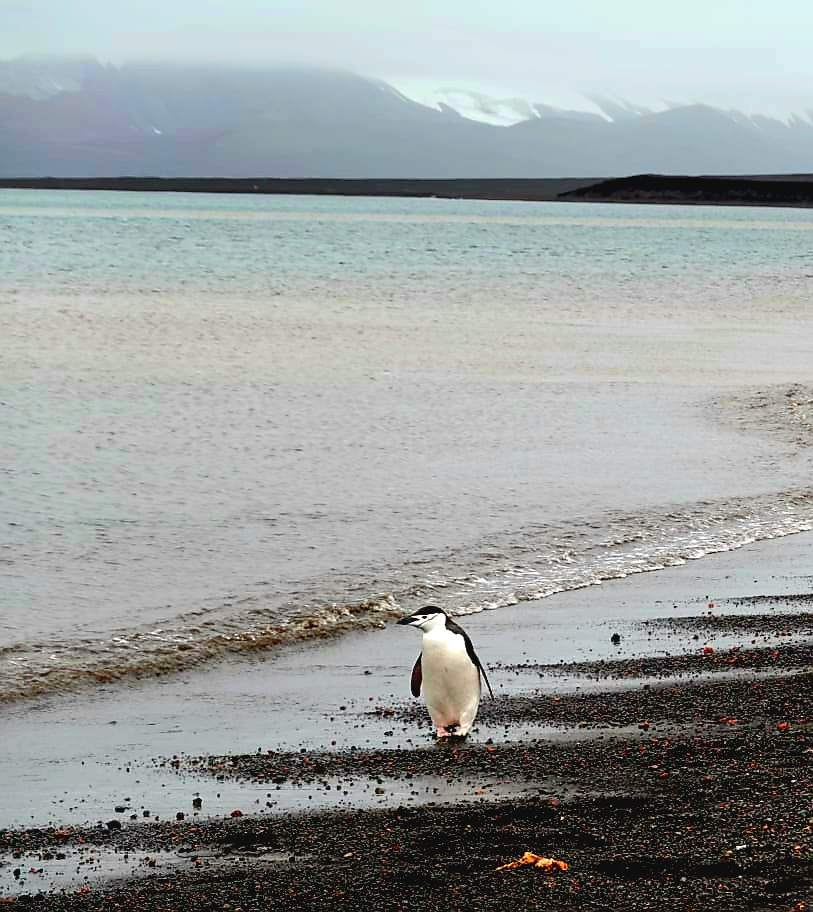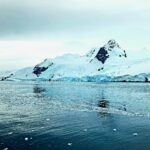
Antarctica Awaits: Solo Traveler’s Guide to the Seventh Continent
Antarctica is the world’s largest and coldest desert which spans roughly 5.5 million square miles. It was absolutely incredible, the massive glaciers, the wildlife viewing, and the very peaceful feeling of being completely off the grid. If you’re looking for a remote destination with beautiful scenery in every direction, this is it.

When I decided I was going to Antarctica, I did so much research and planning. It is not as far or cold as you might think. From where I live in California, Antarctica is approximately 7,500 miles away and India is nearly 10,000 miles away. Antarctica is such a unique destination so I have decided to split this into three parts; an overview, how to pack and a day on the expedition.
Cost:
Antarctica is a pricey destination, due to being remote, and the logistics of getting there. I was looking for a solo trip for the holidays because I did not have plans. I shopped around and ended up finding a pretty good deal during Black Friday sales. Tours can range from ~$5,000/person to more than $45,000/person! The whole experience was incredible, and I would argue, worth it! And because I put the trip on my Chase Sapphire card, I have enough rewards to cover multiple free flights for future trips.

Getting to Antarctica:
Antarctica is only accessible during the summer months, which is for Antarctica is November – March, the temperature is around 30℉. You may even experience 24 hours of daylight! November and March are considered shoulder months, temperatures and cost will be lower during this time. I chose January because it was considered the best time for whales and penguin chick viewing. January is also my birthday month, and this trip was my birthday present to myself.
Outside of the summer months, there’s really no tourism. The only people that go to Antarctica in the winter are scientists that live at research bases. Winters are extreme; long dark periods temperatures around -80℉ (but temperatures as low as -130℉ have been recorded) and hurricane force winds as high as 190 mph have also been recorded.
One more thing about accessibility; Antarctica is far away for most people. You will spend several hours on a plane to get to a port city. Most Antarctica trips leave from Argentina (Ushuaia) or Chile (Puntas Arenas). Some depart from New Zealand as well, but the crossings, time to reach Antarctica appeared to be longer.

From Ushuaia, you have to cross the Drake Passage, which takes about two days each way. Drake Passage is home to very rough waters, weather changes so much in that part of the world, and with moment’s notice. My only other experience on rough waters was in Australia, the ride out from Cairns to the Great Barrier Reef was pretty choppy. Drake was definitely a step up from that. It is better to be prepared than cold, wet, sick or all of those things at the same time. On the way there, it was actually pretty mild (known as “Drake Lake”), but on the way back I experienced the “Drake Shake.”
Tourism and expedition operators:
The Antarctic Treaty signed in 1959 by 12 countries determined that Antarctica would only be used for peaceful purposes. There isn’t an official flag, permanent residents, onsite government, cities, tourism visa or official passport stamp. Aside from the research stations operated my treaty signers, it is pure wilderness! The International Association of Antarctic Tour Operators (IAATO) set up rules to make sure travel is sustainable. If you decide to go, make sure you choose an expedition operator that is a member of IAATO. It is important to preserve this beautiful, truly unique place.
Ships with more than 500 passengers cannot do landings. This was a big deal for me, so I prioritized the maximum passenger count. I wanted to participate in off ship activities like walking on land among the penguin colonies, riding zodiacs, etc. I ended up narrowing my trip down to Quark and G Adventures.

If you are very sensitive to motion sickness and still want to experience Antarctica, consider a larger ship (>2,000 passengers). Or you can fly across the Drake to Antarctica, this is more expensive.
Another option to consider is length, I chose an 11 day expedition which is one of the shorter trips . There are expeditions that are a month long and go to additional islands or further down the peninsula. It’s impossible for me to be away for a month straight with my dogs and work, so the longer trip did not work for me.
I chose G Adventures ultimately because of the passenger details. Passenger count was around 100 people. An added bonus was that G Adventures attracts younger travelers. There were multiple solo traveling women in their 30s, I stayed in touch with several of them.

Guides were extremely knowledgeable about wildlife, geology, photography, and climate change. I saw everything on my list: large pods of humpback whales (everyday!), orcas, minkes, wandering albatross, massive colonies of multiple species of penguins, seals (including the elusive leopard seal). The onboard currency was conveniently USD. It was a very enriching mix of wildlife viewing, workshops, onboard social activities (concerts/happy hours) and downtime to relax.
I 100% recommend G Adventures!
IMPACT: As isolated as it is, even Antarctica is not immune to the effects of human interference. The onboard scientific experts who have led many Antarctic trips shared how certain areas are now more accessible because there is less ice and snow. In addition to ice melting…the explosion in popularity of fish oil pills has led to excessive fishing of krill, which has been detrimental to Antarctica’s whales, seals, and penguins. One way this trip had an impact on my life personally is that after coming home, I looked at my fish oil vitamins bottle and found that krill was among the top ingredients. I stopped taking fish oil supplements. There are plenty of other ways to get those omegas in!




